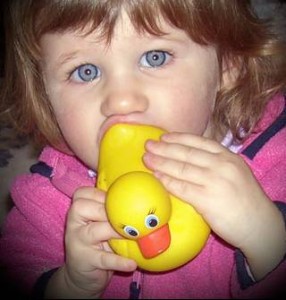Congress Product Regulations Make U.S. Safer, or China Stronger?
 Congress recently passed new product safety regulations which require United States manufacturers and importers to test toys and nursery products for levels of lead and phthalates, and to comply with a number of strict regulations. The Consumer Product Safety Improvement Act also expands the size and budget of the U.S. Consumer Product Safety Commission, shields whistle-blowers who expose defective products, and permits state attorney generals to remove hazardous products from stores. Further, the law raises the maximum safety violation fine to a whopping $15 million. The law also creates a public database, from which consumers can learn about children’s product safety hazards and manufacturers can respond to complaints and clarify false information.
Congress recently passed new product safety regulations which require United States manufacturers and importers to test toys and nursery products for levels of lead and phthalates, and to comply with a number of strict regulations. The Consumer Product Safety Improvement Act also expands the size and budget of the U.S. Consumer Product Safety Commission, shields whistle-blowers who expose defective products, and permits state attorney generals to remove hazardous products from stores. Further, the law raises the maximum safety violation fine to a whopping $15 million. The law also creates a public database, from which consumers can learn about children’s product safety hazards and manufacturers can respond to complaints and clarify false information.
While efforts to make our products safer are obviously commendable, some of the law’s measures are already undergoing fierce criticism. First, the law allows states to impose their own, stricter standards. This means manufacturers will be forced to comply with up to 50 different standards – a truly daunting task.
Second, some worry that the costs of compliance will simply be too great for all but the U.S. largest manufacturers. Larger companies with in-house labs can likely conduct their own tests; however, smaller companies that need to send their products out for testing may not be able to bear this financial cost. Moreover, the law mandates each different style of toy be individually tested; and most small companies don’t sell sufficient stock of a single product style to offset this cost. Additionally, small U.S. companies may have trouble keeping up with marking provisions, which require products be permanently marked with information specifying where, when, and by whom the product was manufactured.
If smaller U.S. children’s product manufacturers go under, will we be left with only the mass-produced products from China, which, ironically, have been the source of so much trouble in the past?


Comments